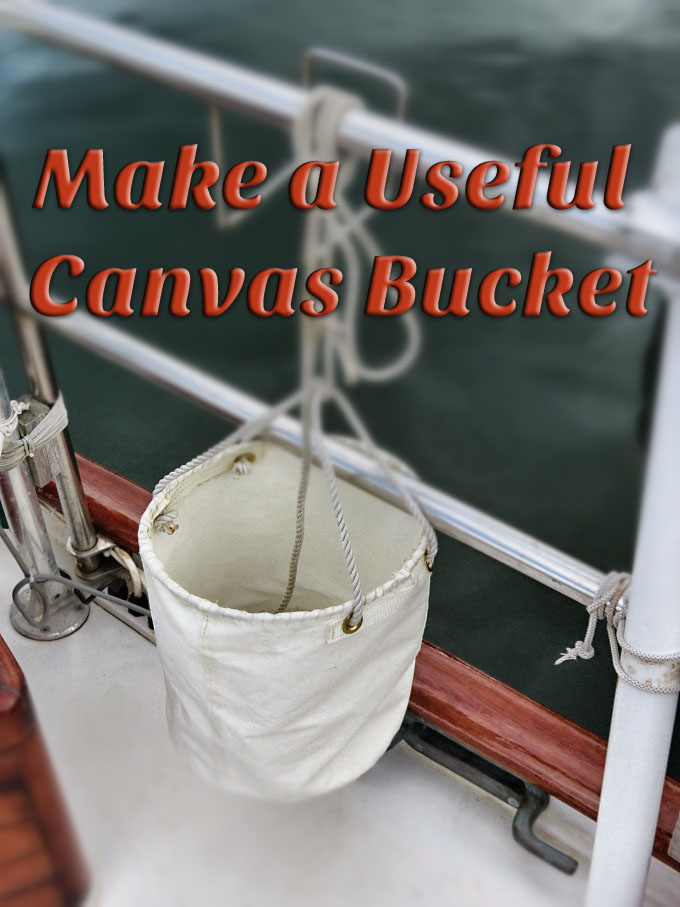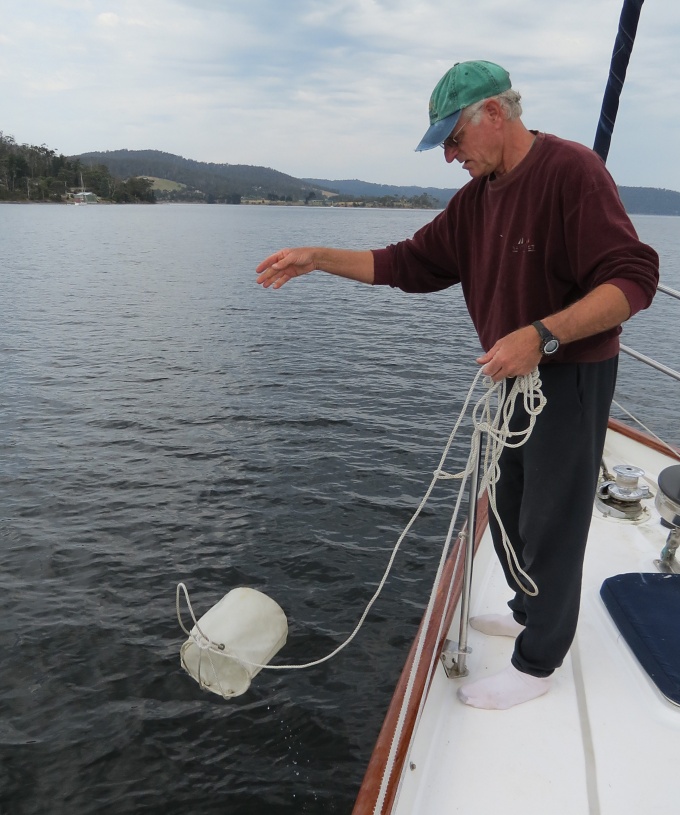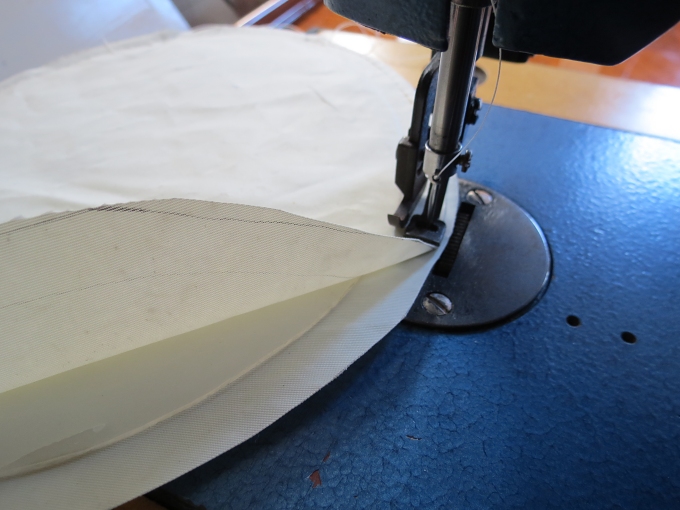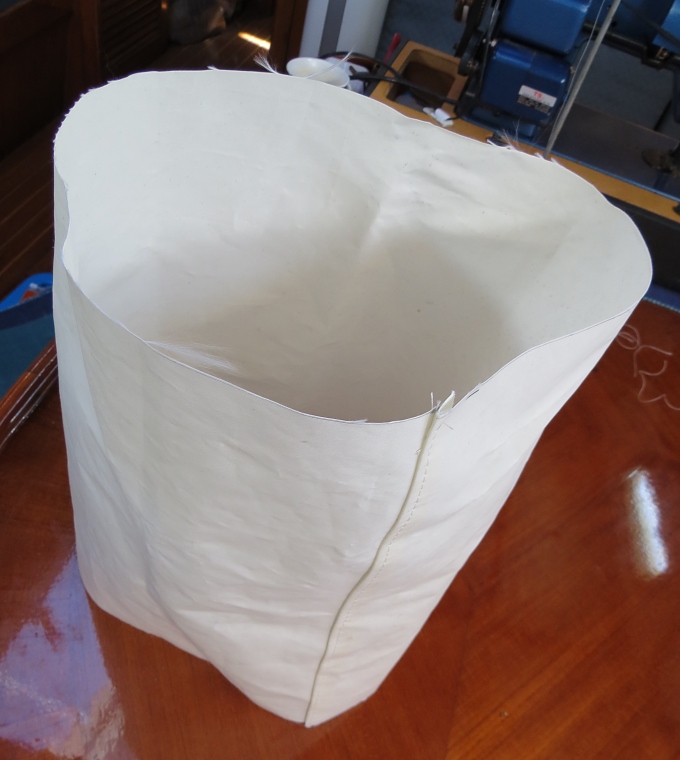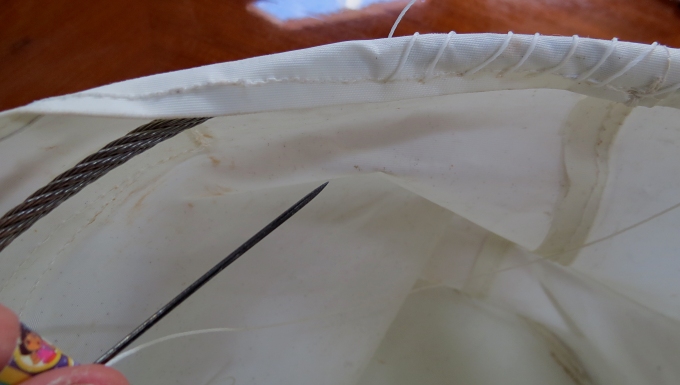When you can't move the furniture...
/When I was a little kid, my mom adhered to the Spring/Fall housecleaning ritual and no one in the family was exempt from the work that it entailed. Windows were washed, floors were scrubbed and waxed, closets cleaned out, winter or summer clothes stored away and the opposite season clothes brought out. When everything was spic and span, my mom would re-arrange all the furniture. It was her way of signifying all was clean and ready for the new season. My Dad always bumped into things on his way to the bathroom during the night for the first week or so. I remember hearing him curse under his breath.

What does this have to do with Nine of Cups? Well, moving furniture isn't an option aboard Cups … the furniture is all fixed in place. So how does one signify that all is clean and ready for a new passage or a new cruising season? Easy … I change the decorations on the wall and make new pillow covers. I tend to buy local print fabric wherever we go and, truth be told, sometimes it piles up though I have the best intentions of using it … for something or other … a world quilt, maybe? I've purchased fabric here in South Africa … the shweshwe, remember? However, it wasn't the right color for the saloon now that we have new upholstery. Believe it or not, finding Africa print fabric in Africa, other than the Big 5 motif, zebra stripes or leopard spots, is difficult. I finally found some that I liked in ecru with a varied pattern in dark red of protea (the national flower) and weavers and sunbirds and postmarks and ostrich feathers and passport stamps … all very South African and quite distinctive. It was time for new pillow covers. I even purchased new fiberfill pillow inserts this time.
The last time I covered pillows, I used fabric purchased in Fiji, so this project is long overdue. Covering a pillow is a pretty easy process. I measure the fabric against the pillow insert, allowing for a 1/2” seam. If there's a pattern, make sure you place it where you'd like it on the pillow. If the fabric is wide enough, I use the fabric fold at the top side, so it doesn't need stitching. I sew up two sides, stuff the pillow filler inside and hand stitch the last open side. I used to sew in zippers, but now I don't bother. Lazy me … I'd rather re-cover the pillows than wash the old ones. I'm sure Mom wouldn't approve.
This takes much less energy than moving the furniture, don't you think? AND David doesn't trip over anything during the night … any more than usual.


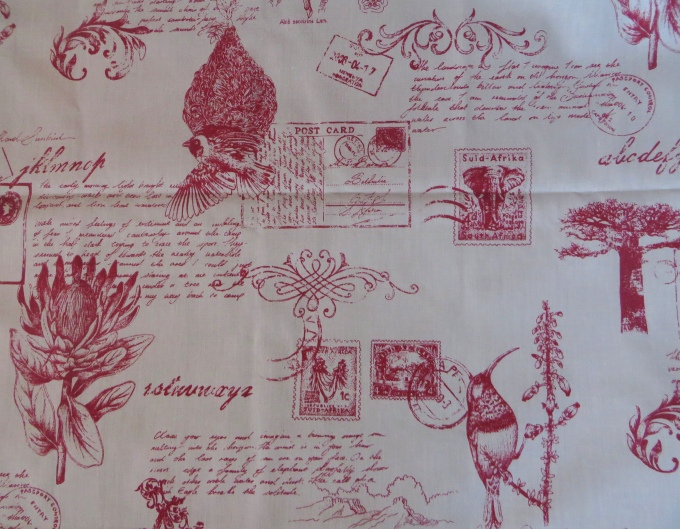








 , tonight to celebrate. Any opportunity to celebrate!
, tonight to celebrate. Any opportunity to celebrate!
